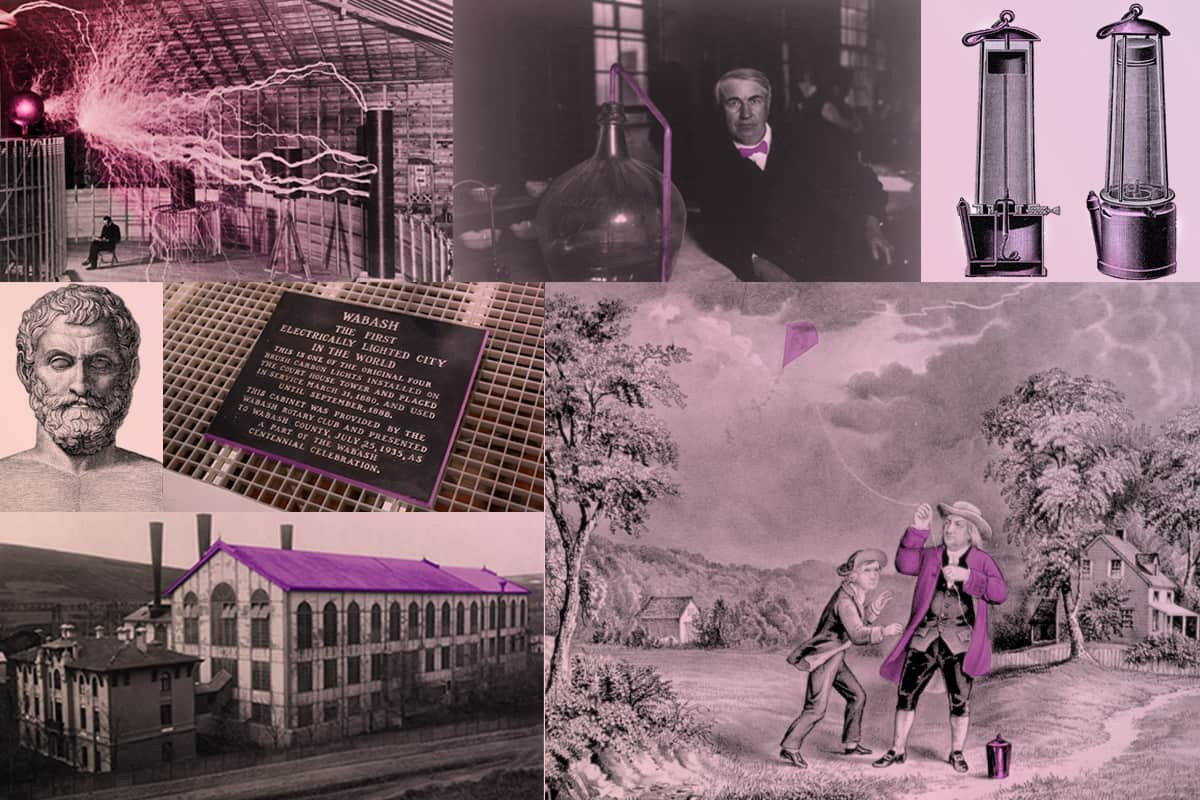
What is in this article?
The discovery of electricity is one of the milestones in human history. Many activities that facilitate daily life, from transportation to agricultural activities, can be done thanks to this invention.
Do you know exactly by whom and when electricity was discovered?
In this article, you will find answers to many other questions about the use of electricity, especially its history.
If you are ready, let's go on a pleasant journey that will expand your knowledge about the time when electricity was discovered.
When and by Whom was Electricity Discovered?

When it comes to the discovery of electricity, the late 19th century is usually associated with the rivalry between Tesla and Edison. The first records telling about electricity date back to the ancient Greek and Egyptian civilizations. For example, records that have survived from ancient Egypt mention the shock effects of fish species such as the electric eel.
Studies in ancient Greece date back to 600 BC. Thales, a philosopher and mathematician from Miletus, discovered the gravitational force produced by the friction of amber on surfaces such as fur. In doing so, he laid the foundation for the concept known today as static electricity.
William Gilbert called this magnetic force electricus in 1600. He derived this word from the word electrum, which means amber in Greek and Latin. The word electricity was first used by Thomas Browne in 1646.
Benjamin Franklin, one of the founders of the United States of America, also made an important contribution to discoveries in the field of electricity.
Franklin focused on discovering the connection between lightning and electricity with an experiment in which he connected a metal key to the end of the kite string. He even added the Leyden jar to his apparatus, i.e. the device that stores electricity. Thus, he discovered that electricity contains both negative and positive charges. In some sources, the discovery of electricity is attributed to Benjamin Franklin because he observed the movement of sparks and was able to control them.

When was Electricity First Used in Cities?

After Benjamin Franklin's studies, inventions in the field of electricity continued unabated.
Many famous inventors, including scientists such as Bell and Faraday, contributed to the development of the applications of electricity.
Under the influence of these developments, electric power was first used in a city in 1879. Entrepreneur Charles F. Brush tested the arc lamp he manufactured on the streets of Cleveland.
After the success of the first test, Brush lit the town of Wabash in the state of Indiana with electricity in 1880. This made the town of Wabash the first town in the world to be lit by electricity.
On September 30, 1882, the interior of a house was lit for the first time with electricity supplied by Edison's company. This house belongs to Henry Rogers, and located in Appleton in the U.S. state of Wisconsin.
|
The first electrical energy within the borders of today's Türkiye started in a factory established in the Haliç Shipyard in Istanbul in 1888. Although it started with a 2 kW dynamo connected to a water mill in Tarsus outside of Istanbul in 1902 first significant production was with the Silahtarağa Power Plant, the construction of which was completed in 1914.
|
Where was Electricity Produced for the First Time?
The Chamber of Electrical Engineers stated that Thomas Edison was behind the installation of the first power plants where electricity was produced and that the first plant was built in London.
The Holborn Viaduct power station was the first coal-fired power station built to meet the public's electricity needs. This power plant used a direct current system to generate steam and light the streets and some houses in the area.
According to the University of Texas, Edison built his second power plant in New York in 1882. In 1884, the Pearl Street power plant served more than 500 customers lighting more than 10,000 light bulbs.
Who Invented the Light Bulb?

The invention of the light bulb, like many inventions related to electricity, took place in the 19th century. The first light bulb was invented in 1800 by Alessandro Volta, the scientist who gave his name to the electric potential. However, this light bulb is structurally quite different from its contemporary counterparts.
According to Evrim Ağacı, Humphrey Davy produced the first incandescent lamp in 1802. However, Davy's incandescent bulb was not very efficient as it went out quickly.
In the following years, many inventors tried to make these designs functional, but without much success.
In 1840, Warren de la Rue put an end to this vicious circle. He succeeded in producing a highly efficient light bulb. But there was a problem. Rue's bulb contained platinum filament, which was very expensive to obtain at the time.
In the early 1860s, Joseph Wilson Swan used a different material to make a high-efficiency light bulb. In other words, he used a carbonized paper filament in his design instead of platinum. Although he was successful, he could not find a solution to the problem of rapid burnout caused by the vacuum pump.
In 1879, Thomas Edison made a light bulb with a vacuum pump of better quality than Swan. He even used bamboo filament to further increase efficiency. In this way, the light bulb achieved a running time of up to 1200 hours. Consequently, it was spread all over the world and is still in use today.
What did Nikola Tesla and Thomas Edison Invent?

Nikola Tesla and Thomas Edison pioneered the generation and use of electricity with their studies. This duo, competing, even the subject of Hollywood productions, gave humankind many inventions.
Today, Thomas Edison, known as the inventor of the light bulb, has 1093 patents registered in his name Direct current (DC) is considered Edison's most important invention.
Edison's inventions also included the phonograph, a sound recording and listening device. The kinetograph, which combined sound and image and was co-developed by Edison and William Kennedy Laurie Dickson, is considered the forerunner of the camera.
Nikola Tesla is a scientist who, after working for Thomas Edison for a time, did not receive the pay he was due and resigned. Because of his inventions for the practical use of electricity, he is considered by many to be much more valuable than Edison.

Tesla introduced a new method of transmission, alternating current (AC). This current offered the advantage over direct current in terms of its power to transmit high voltages over long distances. This led to actual war of currents between him and Edison
Tesla invented an induction motor based on the idea of alternating current, which brought a cost advantage. Other important inventions were the Tesla coil, the lightning conductor and the plasma lamp.
If you have something to say about the history, invention and development of electricity, do not forget to share your comments with us.

 Online Services
Online Services Application Inquiry
Application Inquiry Pay Assurance Fee
Pay Assurance Fee Query Installation Number
Query Installation Number Compensation Fee Inquiry
Compensation Fee Inquiry Automatic Payment Order Inquiry
Automatic Payment Order Inquiry Partnership
Partnership


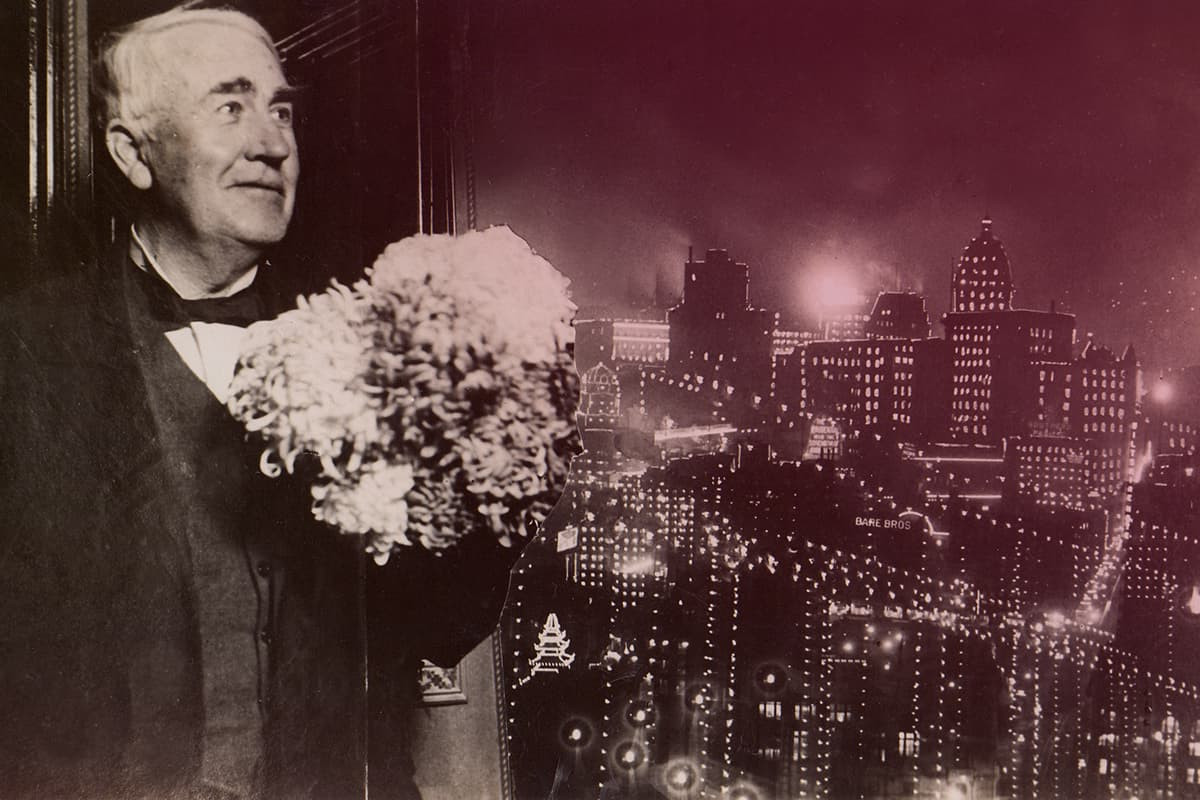
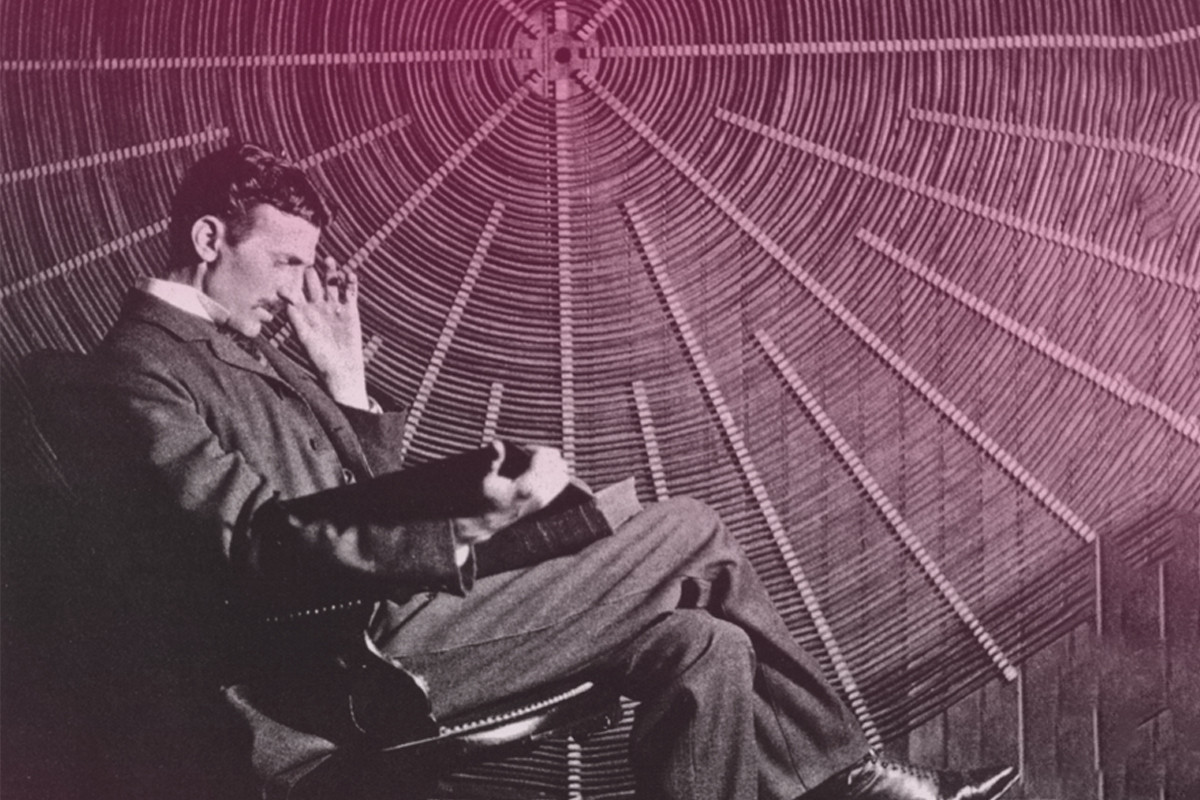
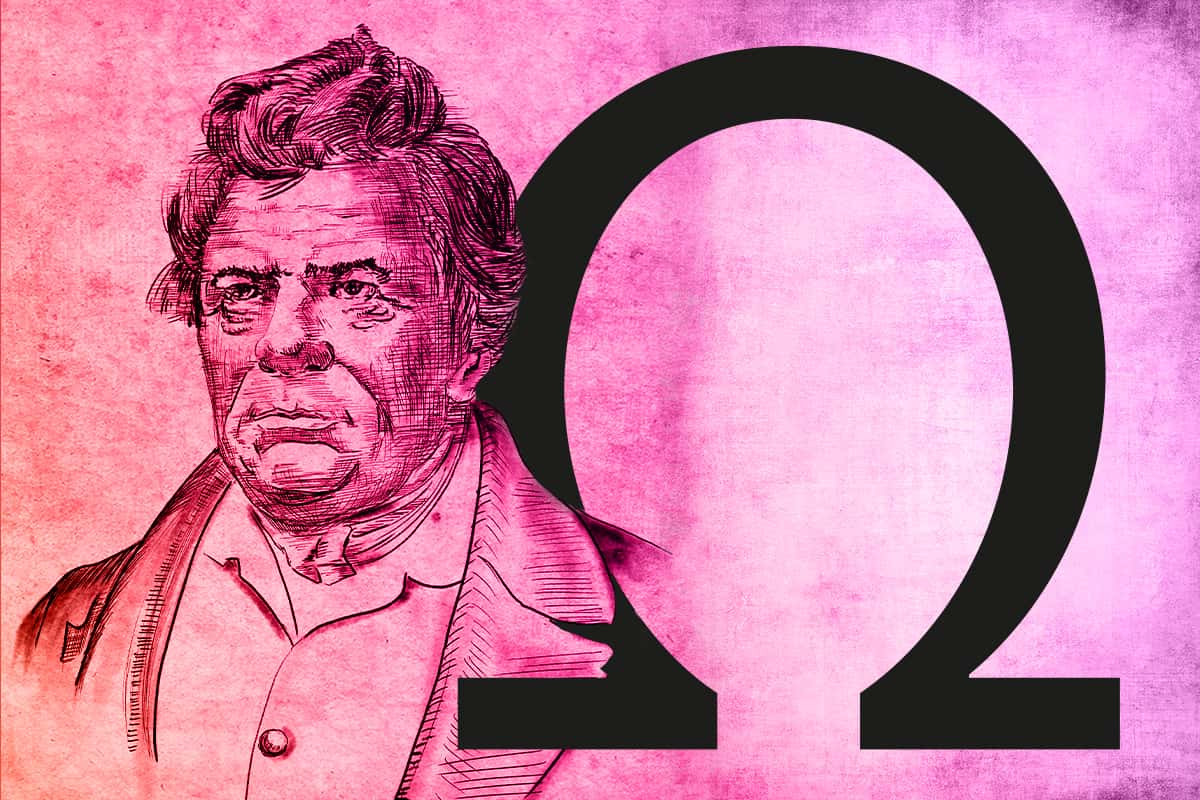
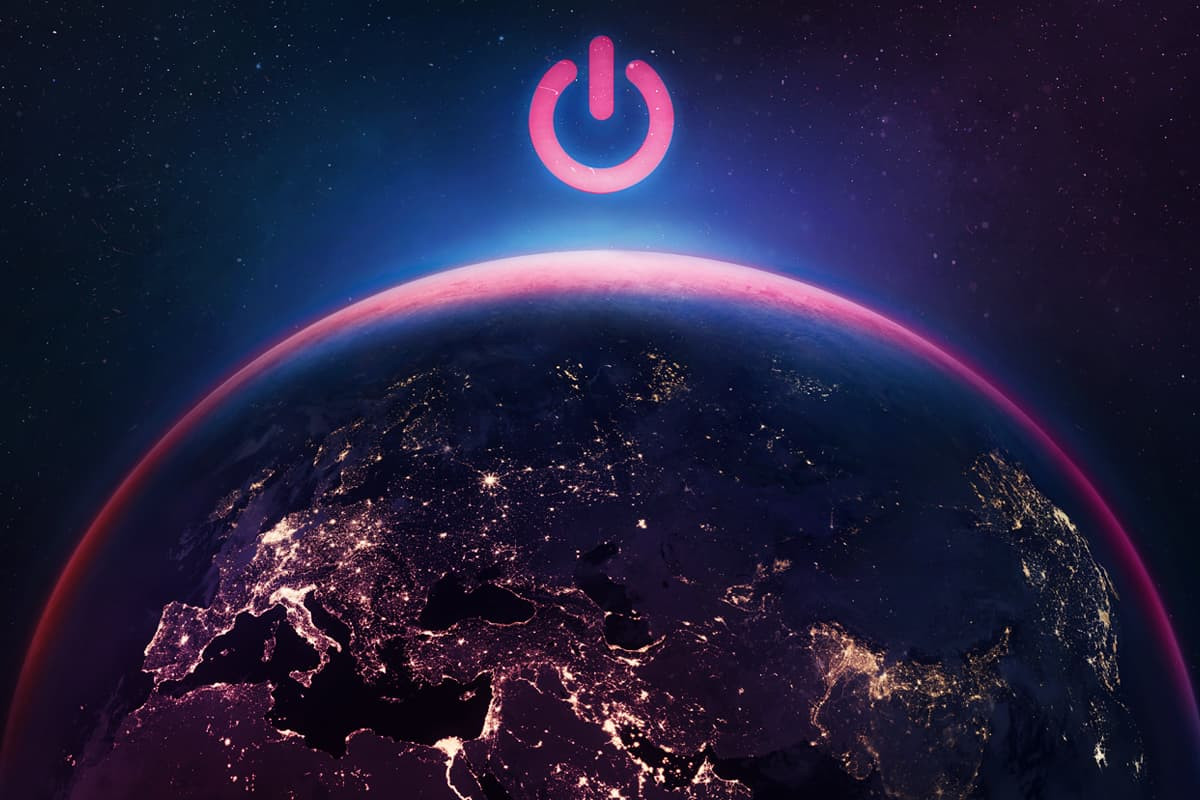
Leave a Comment
Comments (4)
m
muhammet
elektrik nasıl bişi akıl almıyor halen elektronlar biyerden biyere nasılş gider giderken nasıl enerji oluşur çok enteresan
D
Damla
Çok kötü şeyler geliyor ve bir gün önce de söylediğim
R
Richard Mukela
It is a great previlledge for me to know about electricity and its inventory . I love this platform. And I will keep following so I can learn more...
D
Deniz
Çok bilgilendirici bir yazı olmuş 👍🏼